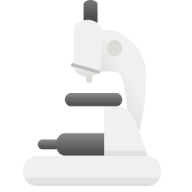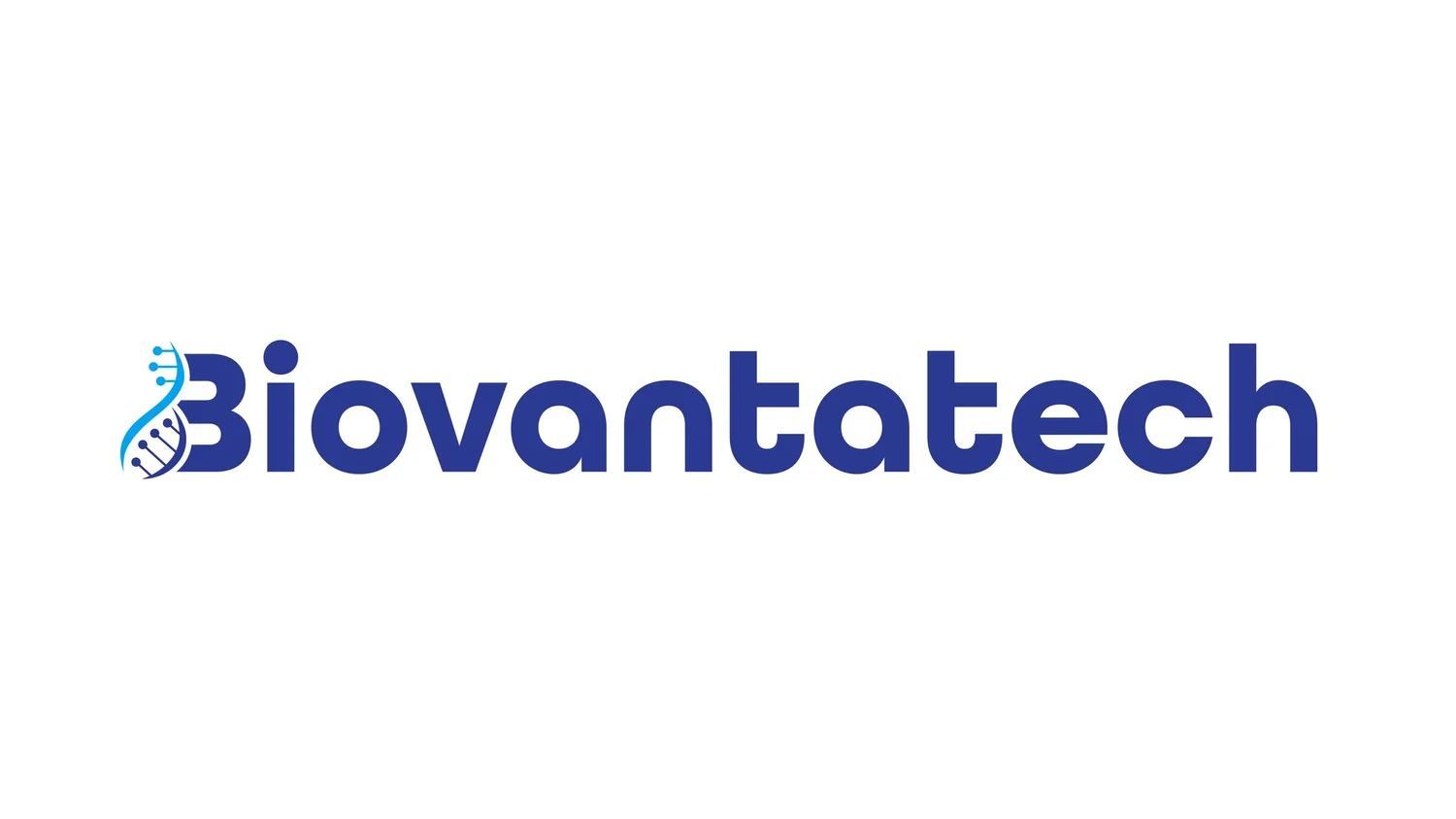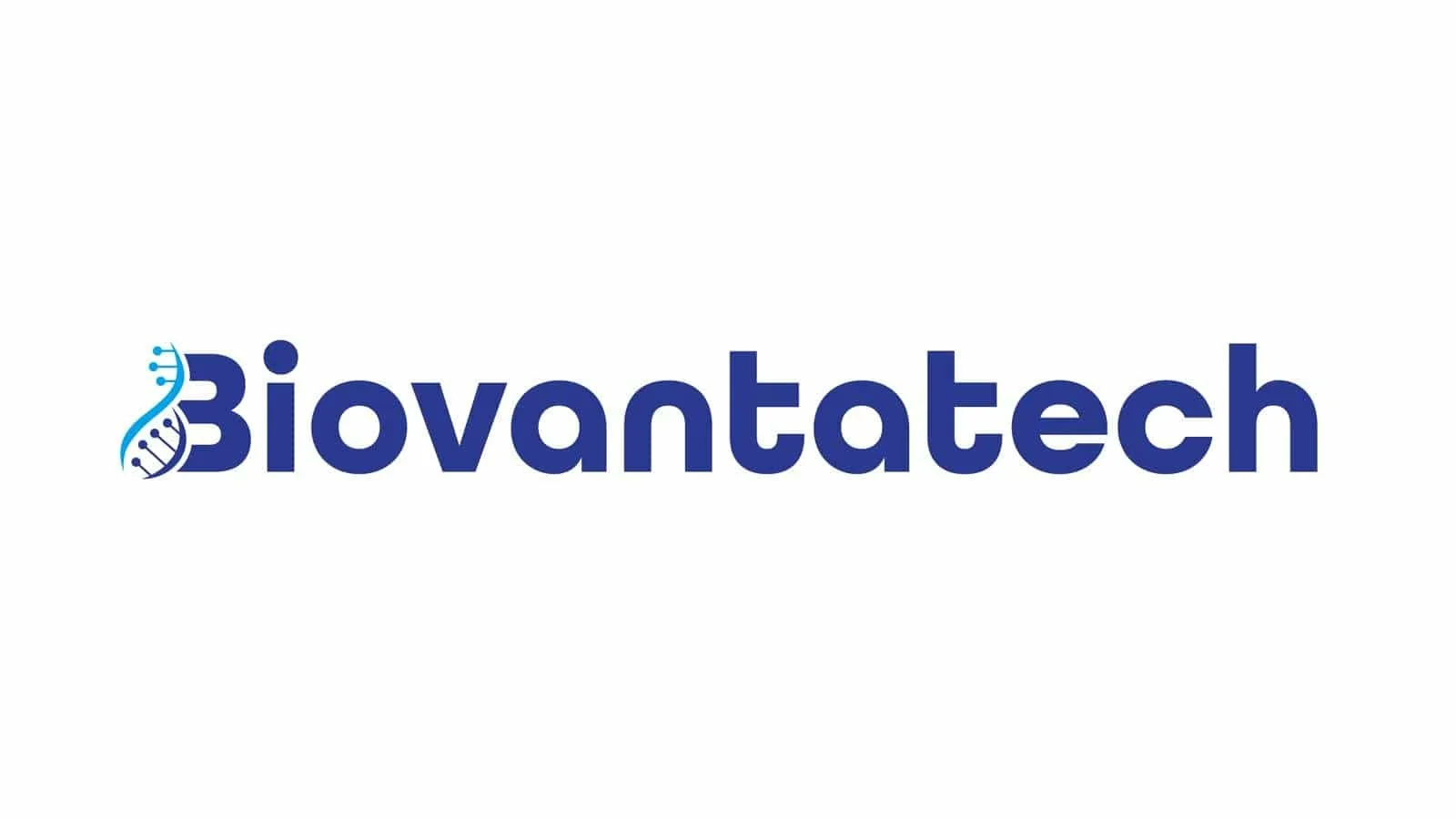Protocol for Culturing Immortalized Human Primary Colonic Fibroblasts
Materials Required:
Immortalized Human Primary Colonic Fibroblasts (Catalog #ICF-001)
Complete Colonic Fibroblast Growth Medium (ICFGM001)
Sterile 1X PBS (Ca²⁺/Mg²⁺-free, PBS001)
0.25% Trypsin-EDTA Cell Detachment Solution
Trypsin Neutralization Solution
AlphaBioCoat-coated T25 flasks (CBT-25)
37°C humidified incubator with 5% CO₂
Benchtop centrifuge (200-300 × g capacity)
Automated cell counter or hemocytometer
DMSO-containing cryopreservation medium (CRYO-10)
Liquid nitrogen storage tank with vapor phase capability
Detailed Protocol:
1. Cell Thawing and Initial Plating:
Prepare complete growth medium by warming ICFGM001 to 37°C in a water bath.
Rapidly thaw frozen vial in 37°C water bath for 60-90 seconds until only a small ice crystal remains.
Decontaminate vial exterior with 70% ethanol and transfer contents to 15 mL conical tube.
Slowly dilute cell suspension by adding 5 mL pre-warmed medium dropwise over 1 minute.
Centrifuge at 200 × g for 5 minutes at room temperature.
Aspirate supernatant and gently resuspend pellet in 5 mL fresh medium.
Seed cells in AlphaBioCoat-coated T25 flask and incubate at 37°C/5% CO₂.
2. Routine Culture Maintenance:
Monitor cell morphology daily using phase contrast microscopy (10-20× magnification)
Replace medium every 48-72 hours until 80-90% confluency is reached
For passaging:
a) Aspirate spent medium and rinse with 2 mL PBS
b) Add 1 mL Trypsin-EDTA and incubate at 37°C for 2-3 minutes
c) Neutralize with 2 mL pre-warmed neutralization solution
d) Centrifuge cell suspension at 200 × g for 5 minutes
e) Resuspend in fresh medium and seed at 1:3 to 1:5 split ratio
3. Cryopreservation Protocol:
Harvest cells at 70-80% confluency as described above
Resuspend cell pellet in CRYO-10 medium at 1-2×10⁶ cells/mL
Aliquot 1 mL into pre-labeled cryovials
Place vials in isopropanol freezing container at -80°C overnight
Transfer to liquid nitrogen vapor phase for long-term storage
Quality Assurance Parameters:
Expected viability post-thaw: ≥90% (Trypan Blue exclusion)
Typical doubling time: 28-32 hours during log phase growth
Recommended passage range: P3-P25 for optimal performance
Authentication: STR profiled and tested for mycoplasma contamination
Troubleshooting Guide:
Poor attachment: Verify coating procedure and check medium pH (7.2-7.4)
Slow proliferation: Confirm proper incubation conditions and medium freshness
Morphological changes: Limit passage number and avoid over-confluence
Contamination: Implement strict aseptic technique and regular mycoplasma testing
Expected Experimental Outcomes:
Consistent spindle-shaped morphology through multiple passages
Stable expression of colonic fibroblast markers (FAP, α-SMA, vimentin)
Responsiveness to TGF-β and inflammatory cytokine stimulation
Suitable for co-culture systems, ECM studies, and fibrosis modeling
Note: All procedures should be performed under sterile conditions in a Class II biological safety cabinet. Optimal results are obtained when cells are maintained below passage 25 and medium is replaced every 2-3 days.


